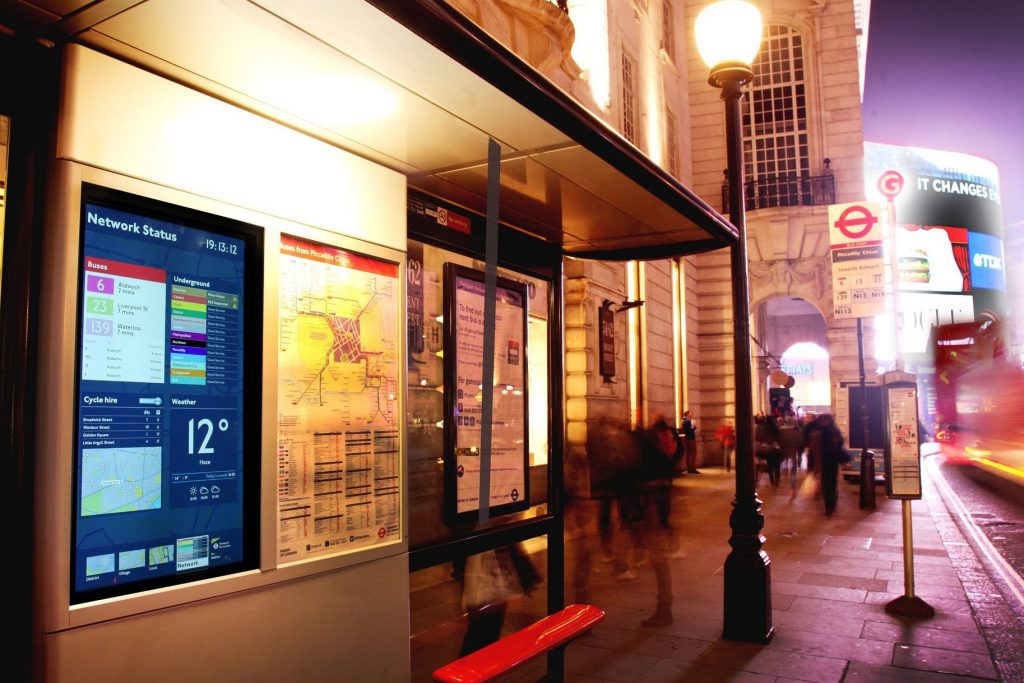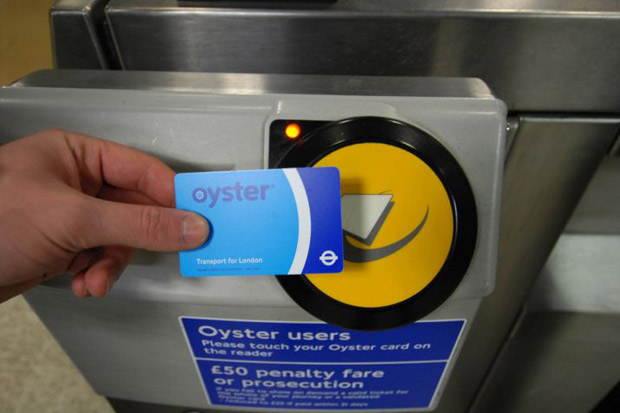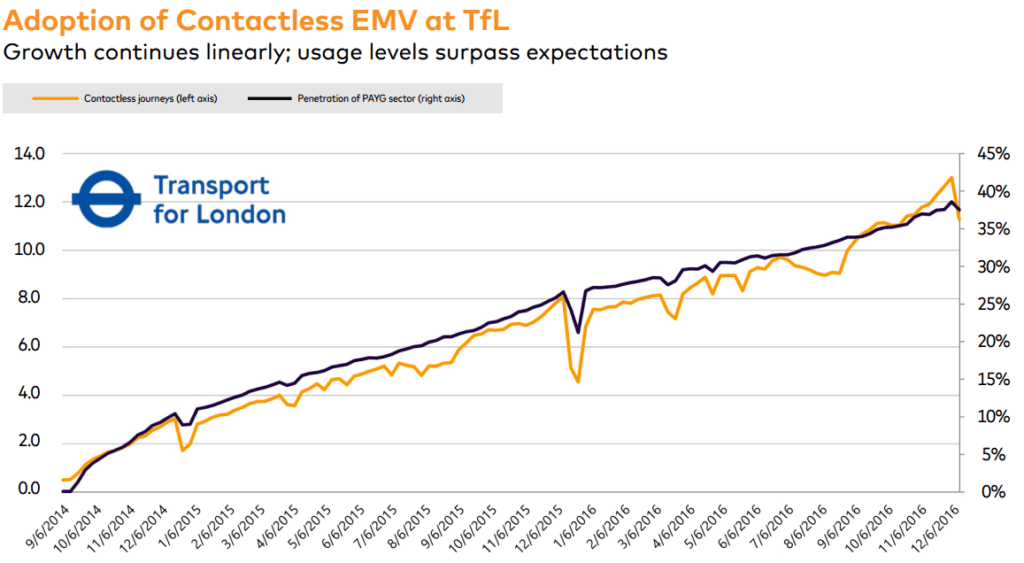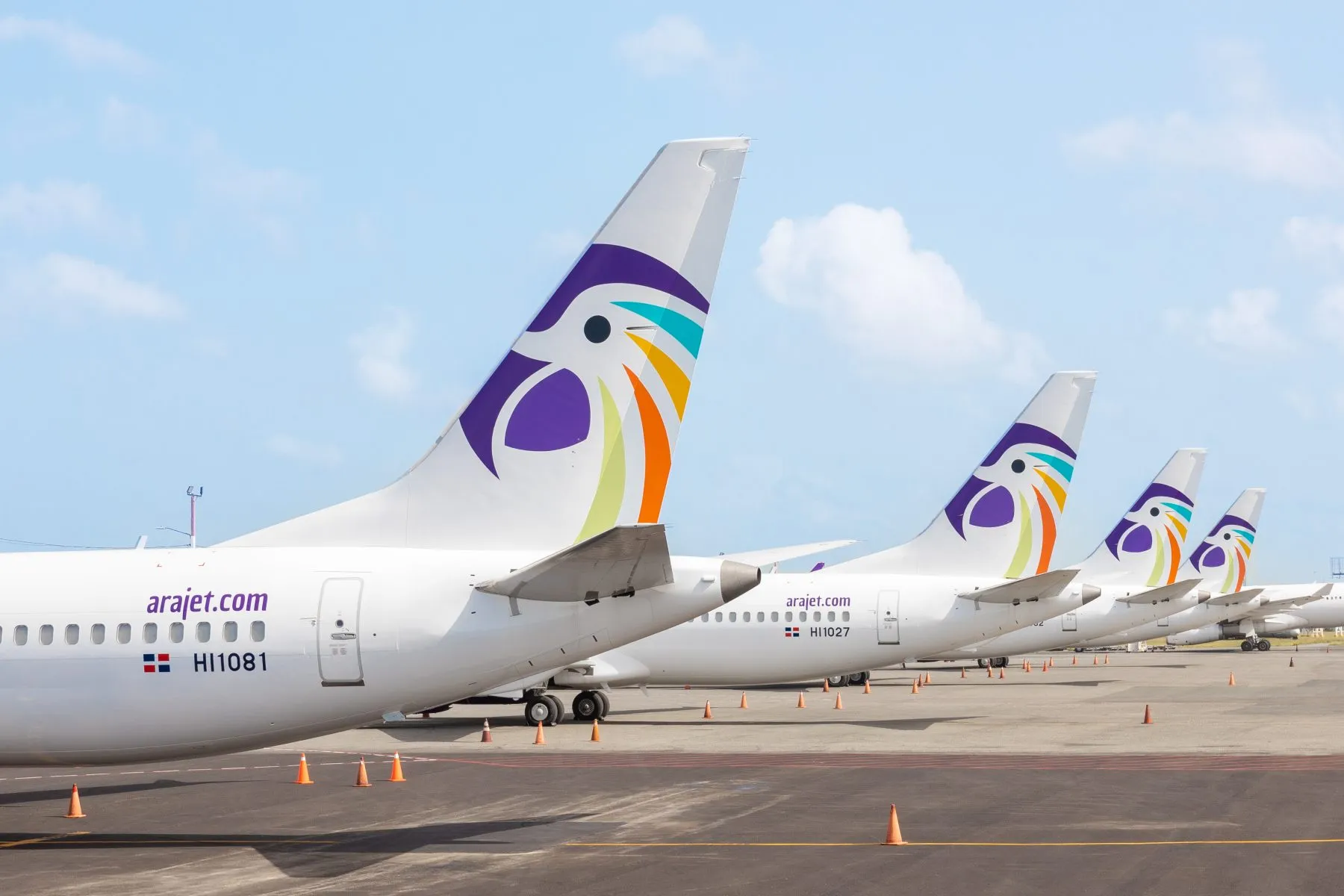Transport for London's Adoption of Contactless Payments Really Worked

Skift Take
We recently launched the latest report in our Skift Research service, The State of Consumer Payments in Travel 2017.
Below is an excerpt from our Skift Research Report. Get the full report here to stay ahead of this trend.
Contactless payments for the London public transport network were trialed in late 2012 on buses, looking to improve efficiency, cost, and punctuality. By 2014 the number of cash-issued tickets on buses dropped down to 0.7 percent and Transport For London decided to abolish cash payments on board London buses, a move it predicted would save north of $30 million a year. With notable success in improving the payment process on buses, Transport For London moved its attention to the Tube, light rail, and overground trains, announcing that by September 2014 customers would be able to use all services with contactless cards.
Preview and Buy the Full Report
The adoption of contactless has allowed Transport For London to improve its customer experience while vastly improving its operational structure, particularly when it comes to the cost of ticketing. In 2005, Transport For London reported annual ticketing costs equaling 14.25 percent of its total revenue. Today with the growing adoption of contactless and Oyster over paper tickets, Transport For London reports to have cut ticketing costs down to nine percent, a significant drop considering it processes a total of £4.5 billion in transactions per year.
Transport For London expects the cost to further reduce the ticketing cost up to seven percent over the next years with the growing adoption of contactless and thereby half its ticketing cost compared to 2015.
Preview and Buy the Full Report
The new system also offers a friendlier experience to tourists. Before the introduction of contactless, the Transport For Lodon system ran on paper tickets and on Oyster cards. Oyster cards are rechargeable cards issued by the Transport For London, the amount carried on the cards can be refunded at any given point by returning the card. Since the introduction of Oyster paper tickets also carry a premium to discourage its use. With contactless technology tourists can simply tap their credit card and not worry about any of the refunds.
Transport For London reports that four percent of cards used on its system are non-UK-issued cards. Today it’s possible to reach both Heathrow and Gatwick Airport by using contactless payment.
Subscribe now to Skift Research Reports
This is the latest in a series of research reports, analyst calls, and data sheets aimed at analyzing the fault lines of disruption in travel. These reports are intended for the busy travel industry decision maker. Tap into the opinions and insights of our seasoned network of staffers and contributors. Over 200 hours of desk research, data collection, and/or analysis goes into each report.
After you subscribe, you will gain access to our entire vault of reports, analyst calls, and data sheets conducted on topics ranging from technology to marketing strategy to deep-dives on key travel brands. Reports are available online in a responsive design format, or you can also buy each report a la carte at a higher price.






